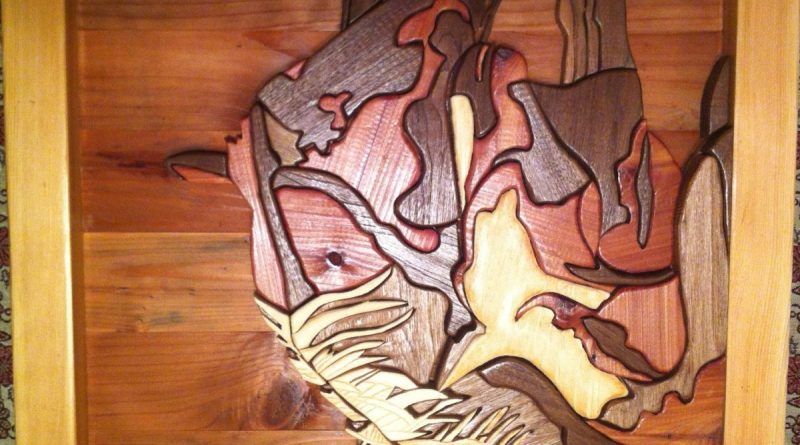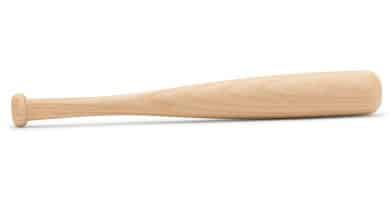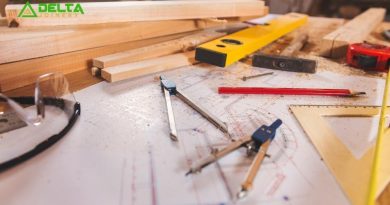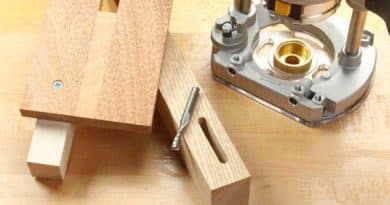Finished Intarsia Woodwork – How Much Can I Sell It For?
How much can I sell my intarsia woodwork for? This is the question I get asked all the time. So I know that at least some of you out there are considering trying to sell your work.
So how much are they worth?
Early Days – A Typical Scenario
You’ve started on a new and exciting woodworking skill called Intarsia. You can’t get enough of it. Your family and friends are impressed with the stuff you are making. So every new piece easily finds a home.
You are happy to give your finished pieces to your close family and friends. But then friends of friends start wanting pieces. It occurs to you that while you certainly enjoy making them there are costs involved other than your time. And even though you don’t feel you need to be paid for your time it would be nice to get some sort of return for your labor.
Mid-Intarsia Crisis
Well, maybe not a crisis but now you do start to think it might be good to sell a few intarsia pieces to recoup costs. And how much easier is it to get the boss to agree to a new machine in your workshop if you are showing a return? “Well dearest heart, I’ve made a few bobs already, and with that money, I can buy a brand new – insert your preference here – so I can make my intarsia even more efficiently and then I’ll easily be able to get around to making that new coffee table you’ve always wanted and so richly deserve.” Waffle waffle waffle.
The Big Question – “How much are they worth?
“How long is a piece of string?
The golden rule. “They are worth whatever customers will pay for them”
Which doesn’t tell you anything. So let’s look at a couple of pricing scenarios.
The Academic Approach
A Masters’s degree in Business will tell you to do something like this. First, calculate your total cost of production.
Material Costs
* Timber including any waste – $ Very little
* Plywood backing – $ A tiny amount
* Hangers from a framing shop – a few cents
Consumables
* Sandpaper – $ more than you’d first imagine but still not much
* Glue – a few more cents
* Varnish or oil finish – $ a few dollars
Overheads
* Workshop rent – it might be your garage but somebody sometimes had to pay for it.
* Telephone
* Electricity
* Broom for sweeping up
* yadda yadda yadda
Marketing
* Cost of a stall at local flea market/car boot sale
* Traveling cost to get there
* Your time sitting behind the stall all-day
Profit
* The cream on the top that you deserve over and above your wages for running your own business. And now the big one.
Labor
* Your local mechanic charges $50 (or $60 or $70) per hour to fix your car. And it’s probably the first-year apprentice that’s done the work anyway. It’s taken you 84 hours to make your masterpiece (you’ve carefully noted the hours) and it looks fabulous. You’re not greedy so maybe $20 per hour is okay. That makes $1680 plus the $50 for all the materials etc. $1700+. Probably not going to get that at the local flea market.
Okay, let’s be less ambitious and work for $5 per hour, I don’t need anything, this is just a hobby. And I’m sure I must have got those hours wrong, let’s pretend it was only 40 hours of work. So $200 plus a bit extra for materials, let’s call it $220 all up. Now that sounds more reasonable. So notwithstanding the business degree, what we’ve done is guessed the price. Surely there’s a better way. You’re right, there is.
An aside Sitting all day in the hot sun at a local flea market hoping a punter with $220 in their pocket will happen by is okay occasionally but not a regular, reliable income stream. Oh, you say, but if you take your work to a local gallery they want 40%, or 50% or more for themselves. And all they have to do is hang it on their wall, I had to do all the hard yakka to make it. Highway robbery. But if you go the gallery route you don’t have to hang around all day, every day looking for customers. They do that. That’s what you pay them for. And they have to spend the money to make their gallery look good, not you. We always tried to make quality woodwork so we could interest the best galleries in the land. Way to go. Happy to pay their cut as long as they keep them trucking over.
The Two-Month Rule
I take my finished woodwork to the local craft gallery and talk to the owner. After some discussion, we came to an agreed starting price and his percentage. Listen to the owner. If they are any good they know their market. Your beautiful intarsia gets hung on the wall. Hopefully the first thing the customer sees when they first walk into the gallery.
* If the work sells in less than two months it is too cheap.
* If it takes much longer than two months to sell it is too expensive.
* And you guessed it, if it sells in about two months the price is just right.
The first time I did this I took along 2 frog intarsia on Thursday. They both sold that weekend. Priced too cheaply but I knew there was a market.
Okay, so now you know the price you can sell them for. But maybe you are still only going to be earning $5 per hour based on the time it took you to make that first one.
So what have you gained? The knowledge that you can’t expect your customers to pay for your inefficiency.
So what can you do about it? There are lots of ways to streamline your production. You will make your 20th frog a lot more quickly than the first one. As you get more experienced you will come up with all sorts of shortcuts. But that’s another article.




